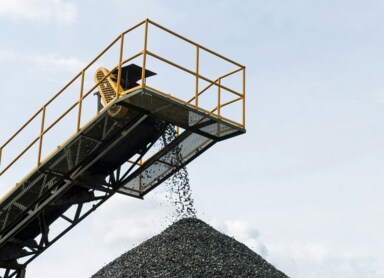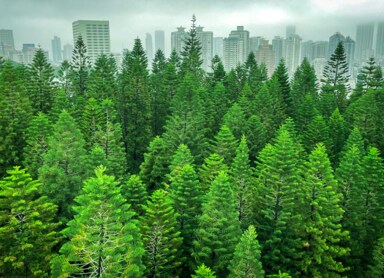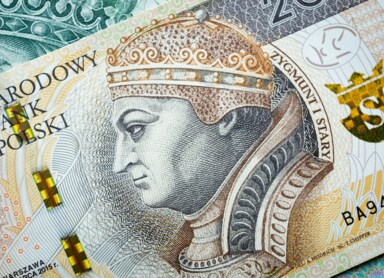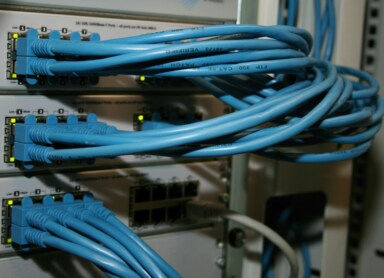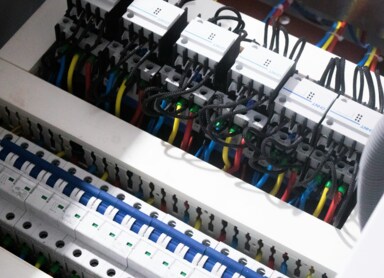Nuclear energy – the pros and cons of this form of energy
Energia jądrowa może kojarzyć się z działaniami zbrojnymi, ale znajduje ona zastosowanie również do wielu celów pokojowych. Stosuje się ją w radiomedycynie, przemyśle lotniczym i metalurgicznym, czy wreszcie do zasilania elektrowni atomowych. Całkowity udział energetyki jądrowej w wytwarzaniu energii elektrycznej na świecie w 2021 roku wynosił 10,2%. Przyjrzyjmy się bliżej, jak działa ta technologia. Co to jest energia jądrowa, jak powstaje i czy jest się czego obawiać?
How nuclear energy is produced – processes and technologies
The world's first experimental nuclear reactor capable of producing electricity was built in 1952 near Idaho (United States). It was cooled with liquid metal and powered by plutonium fuel. Around the same time, the first reactor was built in Obninsk (USSR). This was followed by rapid development of nuclear energy, which was temporarily halted by the disasters at Three Mile Island (1979) and Chernobyl (1986).
Today, nuclear energy is experiencing a renaissance for several reasons. First of all, it is an incredibly efficient process of energy generation. Secondly, it prevents the exploitation of natural resources, which are slowly but surely being depleted. It is worth noting at the outset that the process of obtaining nuclear energy is safe, provided that it has been properly planned, secured, and controlled.
Let's look at how nuclear energy works using the example of a nuclear power plant. It generates electricity by using energy from the fission of atomic nuclei. The reaction produces large amounts of heat, which must be removed to the outside. This is usually done using high-pressure water circulating in the so-called primary circuit. It then goes to a steam generator, where it transfers heat to water in the secondary circuit (at lower pressure) and returns to the reactor. Steam from the secondary circuit passes through dehumidification systems and goes to a turbine. This, in turn, drives an electric generator.
The main difference between a conventional coal-fired power plant and a nuclear power plant is the fuel used to generate the steam that drives the turbine. In the former, it is coal, in the latter, nuclear energy.
The basic component of any nuclear power plant is the reactor. Depending on the course of the fission reaction, there are:
- graphite- or heavy water-moderated thermal reactors (or possibly molten salts or metals),
- partially moderated epithermal reactors,
- fast reactors without a moderator.
In terms of cooling system design, there are pool-type and channel-type reactors. The most popular type of reactor is the pressurized water reactor (PWR).
Nuclear energy: pros and cons – a comprehensive analysis
When used properly, nuclear energy has many advantages. First and foremost, it provides “clean” energy that is safe for the environment, without carbon dioxide emissions or harmful dust.
Unlike popular forms of renewable energy sources, such as photovoltaics, hydroelectricity, or wind power, nuclear power plants are completely insensitive to weather conditions. They always operate with the same efficiency.
Another advantage is the low cost of fuel and its enormous economic efficiency. It is estimated that if all fissile materials were used, there would be enough energy for the entire human race for several thousand years.
It should also be remembered that modern nuclear power plants can operate for up to 60 to 80 years. This guarantees not only a stable source of energy, but also stable prices. Compared to price fluctuations on energy markets, this is a significant advantage. Furthermore, nuclear reactors require teams of highly qualified specialists to operate them, while renewable energy sources operate largely automatically.
Unfortunately, history shows that the use of nuclear energy is not without its drawbacks. Concerns about the disposal of spent nuclear fuel are a legitimate criticism. It is highly harmful to the environment and to humans and should be stored in isolation.
It is also worth mentioning the enormous costs of this type of investment. One megawatt of generated power costs between approximately PLN 20 and 40 million. This is almost four times more than the comparable power of a coal-fired power plant. High expenses are also generated by the closure of power plants and the disposal of radioactive material. When mentioning plans to build the first nuclear power plant in Poland, the Polish government estimated the total expenditure at PLN 150 billion (technical and operational costs).
Finally, the consequences of a possible nuclear reactor accident cannot be forgotten. Although they are rare, they are real disasters. One example is the Chernobyl accident, when almost 150,000 square kilometers of land were contaminated and several hundred thousand people were resettled. High doses of harmful radiation were also widespread. This was followed by deaths and genetic mutations in children for years after the disaster.
Nuclear energy in Poland – current projects and future plans
Currently, there are no nuclear power plants in Poland, although the government is working on building one as part of the Polish Nuclear Energy Program. The locations of Lubiatowo-Kopalino and Żarnowiec are being considered. One can debate whether Poland needs such a solution, but the fact is that there are currently 441 nuclear reactors operating successfully around the world. The main advantages of the planned investment include, above all:
- increased energy security for the country,
- environmental protection,
- stabilization of energy prices,
- guaranteed stable electricity prices,
- an opportunity for the development of science and entrepreneurship related to nuclear energy.
The project will be implemented by Polskie Elektrownie Jądrowe. The contractor will be, among others, the Mostostal group.
Nuclear energy safety – what are the main threats and how can they be prevented?
One of the biggest concerns of local (and other) communities when a decision is made to build a nuclear reactor is the safety of such an investment. Fortunately, many different types of protective technologies are currently in use. Safety systems are divided into primary, secondary, and emergency systems. They should primarily ensure the separation of radioactive material from the environment and proper cooling of the reactor under all conditions. In the case of the aforementioned PWR reactors, three barriers are used.
First of all, nuclear fuel is in the form of pellets placed in special protective sleeves. These are thin-walled tubes made of zirconium, whose task is to retain fission products. The reactor pressure vessel contains fuel assemblies containing fissile material. The reactor building itself, which houses almost the entire infrastructure, is made of reinforced, prestressed concrete. Such a structure is resistant to the impact of virtually any missile, and even a passenger aircraft.
Nuclear energy is the future of our planet and, perhaps, the only chance to save the environment. It is certainly worth following further work on nuclear power plants in Poland and around the world.
